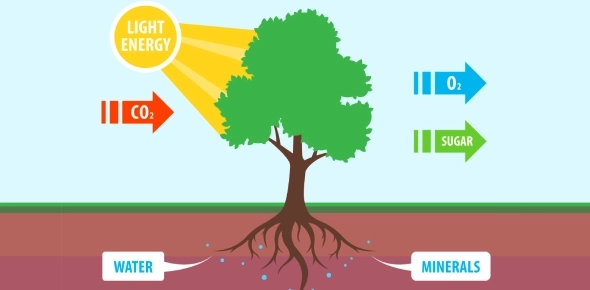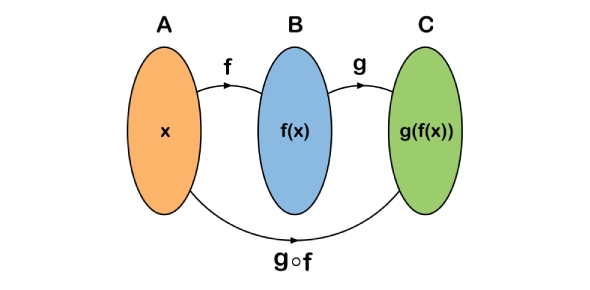
Challenge your understanding of photosynthesis with our comprehensive quiz! Test your knowledge on the key processes, components, and factors that make photosynthesis essential for life on Earth. Perfect for students and science enthusiasts alike.
Questions and Answers
What's inside the Test Your Photosynthesis Knowledge with Our Comprehensive Quiz quiz
What is the primary pigment involved in photosynthesis?
Where in the plant cell does photosynthesis take place?
Which gas is absorbed by plants during photosynthesis?
What is the byproduct of photosynthesis?
Which of the following is NOT a stage of photosynthesis?
During the light-dependent reactions, what is produced?
The Calvin Cycle is also known as the:
Which molecule is the initial electron donor in the light-dependent reactions?
What is the main purpose of photosynthesis?
Which wavelength of light is most effective for photosynthesis?
What is the role of NADP+ in photosynthesis?
Photorespiration primarily occurs in:
Which enzyme is essential for the fixation of carbon dioxide in the Calvin Cycle?
What term describes the movement of water from roots to leaves?
What is the first stable product formed in the Calvin Cycle?
Quiz description
Understanding Photosynthesis
Photosynthesis is a fundamental process that allows plants to convert light energy into chemical energy, providing the foundation for life on Earth. This essential mechanism not only sustains plants but also produces oxygen, which is vital for the survival of most living organisms.
The Basics of Photosynthesis
At its core, photosynthesis involves the transformation of carbon dioxide and water into glucose and oxygen. This process occurs primarily in the chloroplasts of plant cells, where the pigment chlorophyll captures light energy.
Stages of Photosynthesis
- Light-dependent Reactions: These reactions take place in the thylakoid membranes and rely on sunlight to produce ATP and NADPH.
- Calvin Cycle: Also known as the light-independent reactions, this cycle uses ATP and NADPH to convert carbon dioxide into glucose.
Key Components
Several key molecules and structures play roles in photosynthesis:
- Chlorophyll: The primary pigment that absorbs light.
- Chloroplast: The organelle where photosynthesis occurs.
- RuBisCO: An enzyme that facilitates the fixation of carbon dioxide.
Environmental Factors
Various factors influence the efficiency of photosynthesis, including light intensity, carbon dioxide concentration, and temperature. Understanding these can help in optimizing plant growth and productivity.
Importance of Photosynthesis
Beyond providing energy for plants, photosynthesis contributes to the global carbon cycle and helps regulate atmospheric oxygen levels. Its significance cannot be overstated in maintaining ecological balance.










